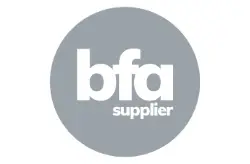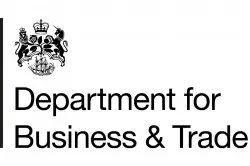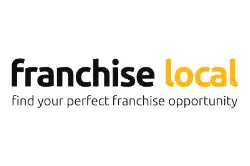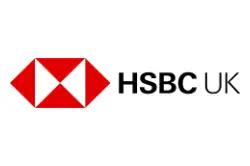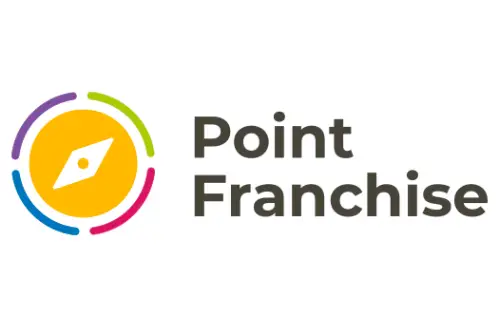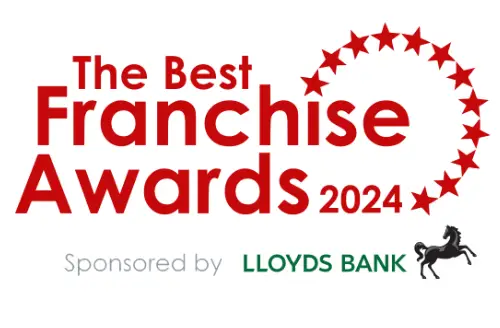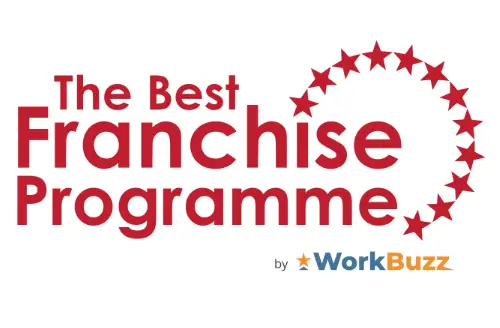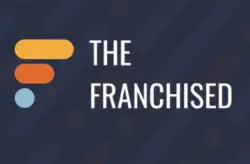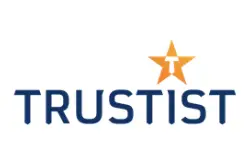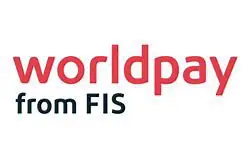When it comes to defining specific locations for bricks and mortar outlets of any business, it is important to get this right from the start. It can, after all, be the defining factor for each franchisee’s future success. For any franchise organisation, distinguishing distinct territories or catchment areas will ensure franchisees are not vying for the same customer base.
Data-driven decisions must therefore be made when it comes to store location planning to help give each franchisee the optimum opportunity to generate continued sales and profits.
There are many techniques that can be used to calculate territories; one effective place to start is with exploring how your customer or store segmentation can be modelled, in order to understand the full market potential for future growth opportunities.
In my experience, data really is the engine to drive business growth – whether conducting consumer research, segmenting online consumers, in store shoppers or retail estates, optimising price, range and promotions, identifying new franchisee locations or creating sales territories based on potential – data modelling pinpoints all of the above.
In fact, data visualisation techniques today enable such models to be heat-mapped to quickly identify areas of high density population, by each individual customer segment. This helps to work out the optimum routes to market and enable franchisors to determine the correct territory and/or store locations, based on accurate, modelled data.
For example, we can find out the reasons people shop and where, and what affects their buying decisions. Understanding their affluence, ethnicity and household composition, for example, helps shape store segmentation by aligning price, range, promotions and merchandising to specific target groups and gives franchisees a head-start. It means franchisors can learn how different areas are likely to perform.
For over two decades, we have worked with many national franchise businesses and brand owners on store grading and differentiation models to map out territories, and create subsequent go-to-market plans, brand profiles and attitudinal-based customer segmentation models.
All too often, franchisors can forget that each of their store locations will have differing characteristics (and even potential propositions). Undertaking catchment analysis and store segmentation exercise will therefore be time well spent, as it will improve franchisee’s sales and marketing effectiveness by focusing limited resources and expenditure on the greatest possible return on investment.
To see how territory planning can work take a look at these case studies:
Costa Coffee store location planning
Tim Horton’s store location planning and catchment analysis
Coca-Cola Europacific Partners – sales territory planning & call optimisation







